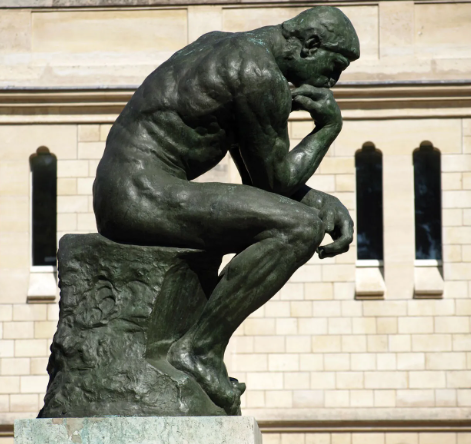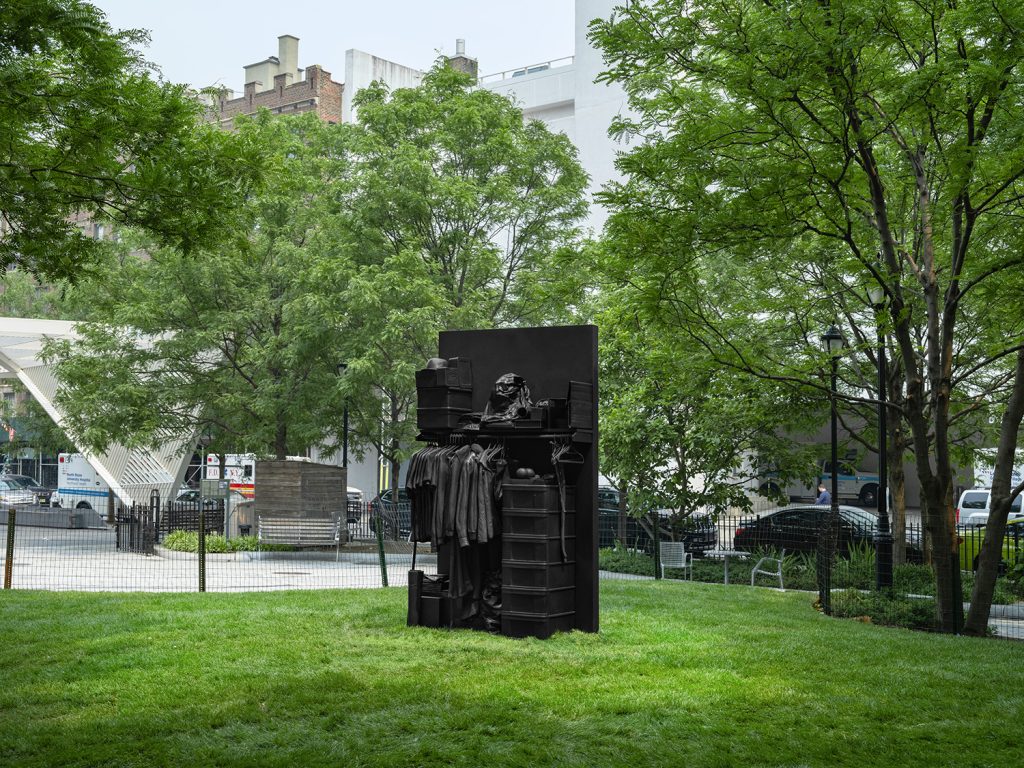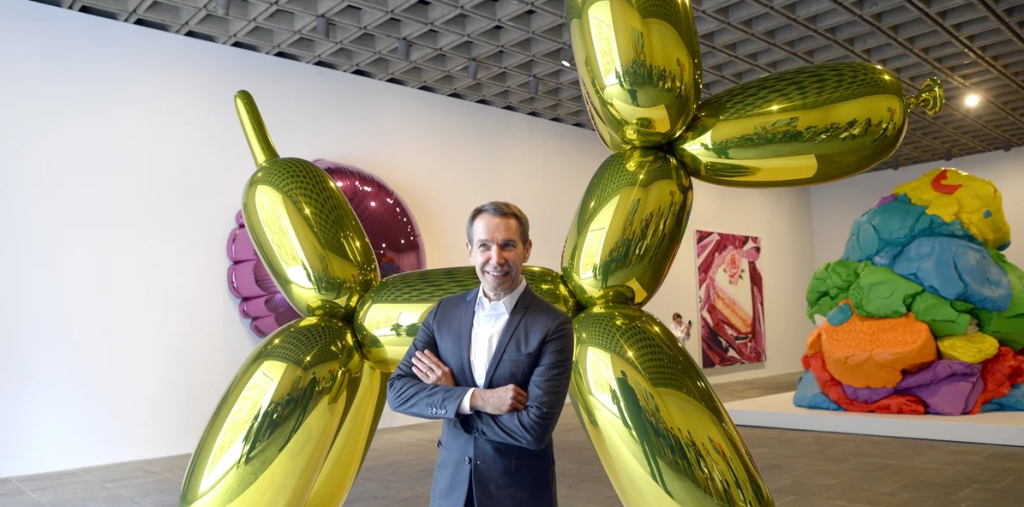Rodin’s Revolution: How the Master Sculptor Transformed Modern Art
In the pantheon of art history, few figures loom as large as Auguste Rodin. Renowned for his innovative approach to sculpture, Rodin broke from traditional conventions, ushering in a new era that profoundly influenced modern art. Understanding Rodin’s perspective on art not only illuminates why he is celebrated today but also offers insights into the evolution of artistic expression.
The Rise of Emotional Expression
Rodin’s work is characterized by a deep emotional resonance, which was revolutionary during his time. He believed that sculptures should not merely depict the physical form but also capture the essence of human experience. This perspective led to masterpieces like “The Thinker” and “The Kiss,” which convey powerful emotions. By prioritizing feelings over idealized forms, Rodin challenged the art world’s norms, advocating for a more authentic approach to representation that would inspire future generations of artists.
Emphasis on Materiality and Texture
Another significant aspect of Rodin’s artistic philosophy was his exploration of materiality. Unlike his predecessors, who aimed for polished surfaces and flawless figures, Rodin celebrated the rawness of his materials, primarily bronze and marble. He often left surfaces rough, allowing the viewer to appreciate the texture and physicality of the sculptures. This technique not only added depth but also created a sense of movement and life within his works. By embracing imperfection, Rodin redefined what it meant to create art, opening up new avenues for artistic experimentation.
Impact on Modern Sculpture
Rodin’s revolutionary ideas laid the groundwork for modern sculpture, influencing countless artists such as Henry Moore and Alberto Giacometti. His work encouraged sculpture to evolve beyond the confines of traditional methods and styles, promoting an exploration of form as a reflection of contemporary life. Furthermore, Rodin’s focus on individual expression has been pivotal in countless modern artistic movements, including Expressionism and Abstract Art. His legacy endures as artists continue to draw inspiration from his groundbreaking vision.
In conclusion, Auguste Rodin transformed the landscape of modern art through his innovative approaches to emotional expression, materiality, and form. His works not only broke the mold of traditional sculpture but also paved the way for future artistic exploration. If you’re inspired by Rodin’s legacy, consider visiting a local museum to see his work firsthand or delve deeper into the world of modern art through books and documentaries. Every exploration opens the door to new appreciation and understanding!


